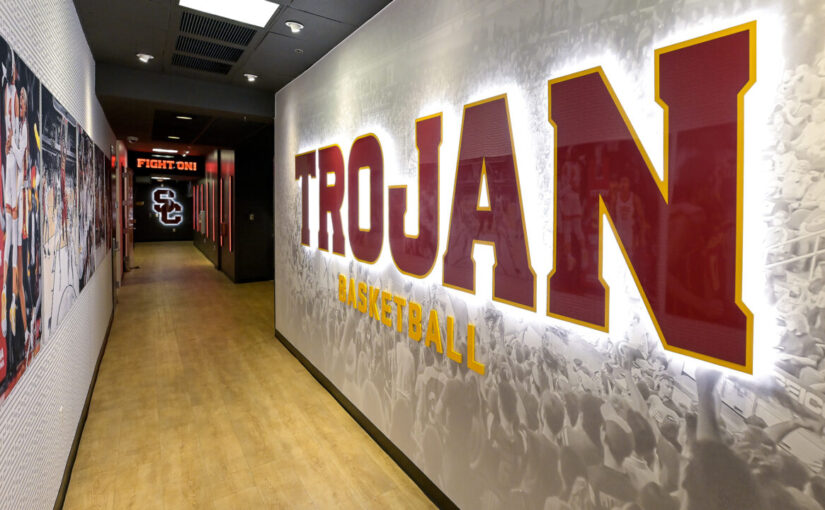Use E-mail to Your Advantage
Even if my incoming phone calls are being screened by the answering machine at my desk, the phone remains the most intrusive part of my day.
If used properly, E-mail can be much more effective and efficient. It is my preferred mode of communication. As surprising as it may be, however, there are athletic administrators who still don’t use E-mail as effectively as possible.
Care must be taken to ensure that E-mail does not take control of your professional life and make you a slave to it. The first thing I do when I enter my office in the morning is to log onto my E-mail server and check to see if anything needs my immediate attention.Regardless of the explanation marks attached to the messages, I make this decision based upon the name of the sender and the Subject Line.
After a quick scan for messages in need of an immediate reply, I delete as much of the Spam as possible. Now, all that remain are the messages which will need my attention, but can be handled throughout the day within the limits of my schedule.
The following thoughts and hints may help elevate E-mail to your advantage.
1. Limit your E-mail messages to two-three questions. Surely, you’ve received longer and more complicated E-mails. This makes it extremely difficult to quickly and succinctly answer.
If you have additional questions, send another E-mail message later in the day. This will facilitate your message and insure better and quicker answers.
2. You can effectively answer messages which contain multiple, rambling questions immediately after each question, by using a different, contrasting color for each answer.
I usually use red and make it a point to tell the reader at the beginning of my reply that he will find the answers immediately after his question in the body of the message.
3. Don’t say anything in an E-mail message that you wouldn’t be comfortable seeing on the sign board in front of your school. It takes only a few seconds to hit the Forward Button on the Tool Bar, enter an E-mail address, and send it anywhere in the world.
4. Be careful what you say and how you phrase your messages. It is important to remember that E-mail messages can be used as legal documents. While one of the appealing features of E-mail is that it is fast and easy, these messages also represent you.
For that reason, you should always use Spell-check, capitalize, and generally make them as professional as possible.
5. Let the sender know that you received their message. This can be as simple as stating, “Got it! Thanks!” Just as with face to face conversations, it is just common courtesy.
6. Save copies of selected important E-mail messages – either hard copies or on your hard drive – as a source of documentation. With the time and date as a part of every message, you have a great reference point.
7. Create Distribution Lists for your coaching staff. If you put together three separate lists by sport season, you can quickly send messages to the specific groups to which the information is necessary. You can also send a message to your entire staff by merely entering each of the three seasonal lists.
This is also a great, quick, and efficient method for forwarding memos from county or league offices, or the state athletic association.
8. Suggest to your coaches that a Distribution List can also be an extremely valuable vehicle with which to communicate with their players’ parents. Parents will greatly appreciate being informed of developments, policies, and upcoming events in a timely manner and this effort could be a definite factor in building a better working relationship with them.
9. Consider the possible perception created when carbon copies are also sent. For example, one very demanding, obnoxious parent regularly sent a CC to my principal whenever she was complaining or demanding something. It was her way of saying, “See, I’m letting your supervisor know so that you have little alternative other than to answer me immediately and placate me.”
Use the Golden Rule and if you personally find CC’s as threatening, be careful of using them yourself. Of course, there are perfectly legitimate reasons for also keeping someone else informed on these occasions.
10. Use small parcels of time to answer one or two messages. Many of us start the day with a To Do list and it may be organized into priority tasks or when they best fit into your schedule. However, we occasionally wind up with a few minutes here or there waiting for the next appointment or meeting.
Some items may also require more uninterrupted time than we have to complete them. These five minutes here and there are great time to tackle a few E-mail messages.
11. Utilize the Out of Office notice that can be found under Tools on your Menu Bar. This feature enables you to let your correspondent know when he/she may expect an answer.
Normally, I also include the date when I will be back in my office. If you don’t use this feature and are away from your office for a few days, some individuals may develop the perception that you are ignoring them, are unorganized, rude, or perhaps you don’t care.
All of these possibilities do not create favorable impressions and can easily be avoided.
There is no doubt that when used wisely, E-mail can be a major tool for an athletic administrator. This mode of communication can be quick and efficient, but it also needs to be done with care, thought, and in a professional manner.
After all, never forget that it will also create a lasting impression.





